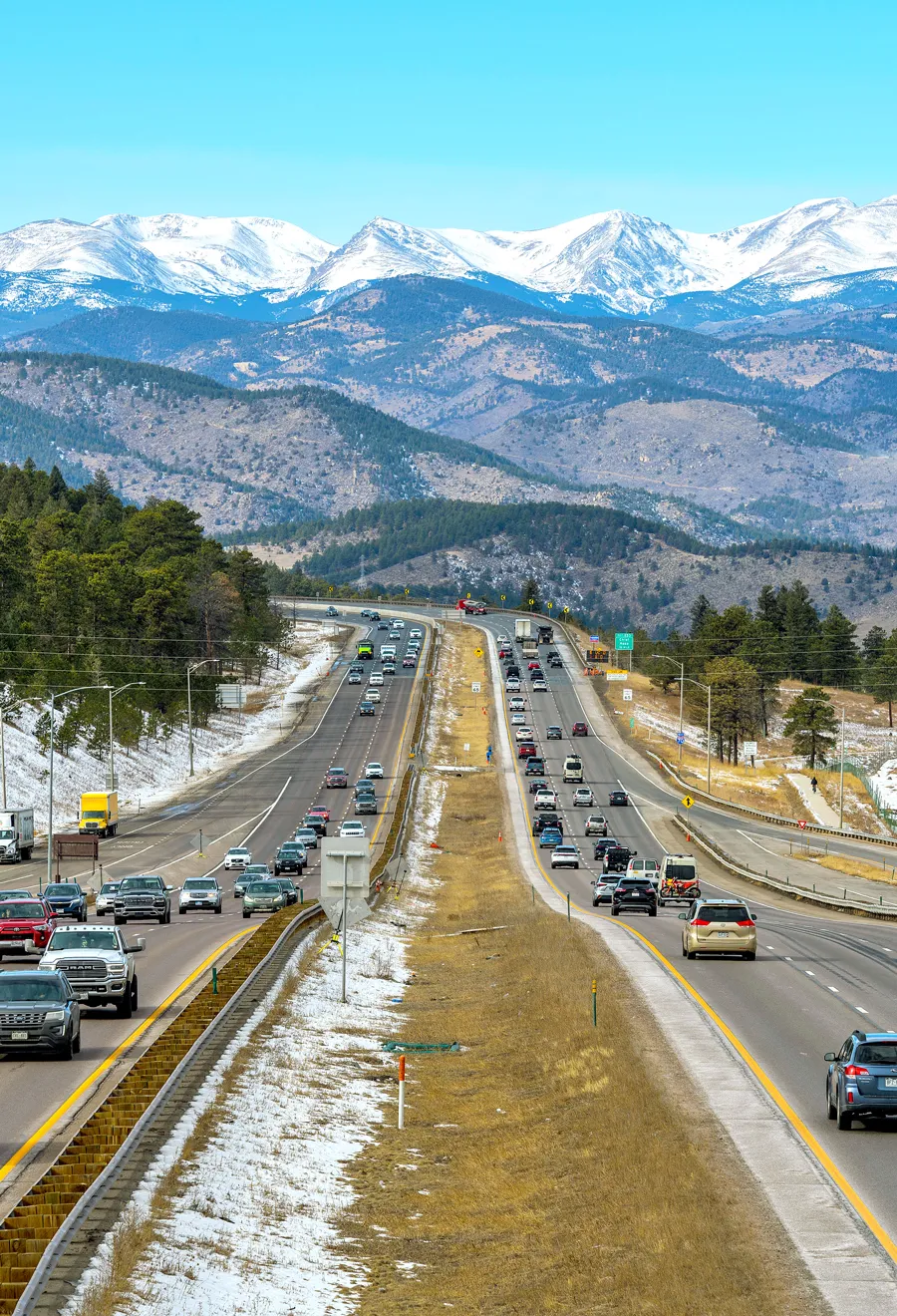Toll roads have helped fund America’s highways for centuries, ever since the first example, Pennsylvania’s Philadelphia and Lancaster Turnpike, was introduced in 1792. Built to ease congestion and support infrastructure without raising taxes, these roads often come at a high cost for drivers. Rates can vary by distance, vehicle type, and time of day, and in some states, those tolls can quickly add up for regular commuters and long-distance travelers alike. Check out the 10 states with the most expensive toll roads, according to a 2024 report from LendingTree.
10. Georgia

Average maximum passenger vehicle fee per mile: $0.49
Georgia’s toll road network, the 10th most expensive in the country, is centered around the Georgia Express Lanes. They are a collection of optional paid lanes that run parallel to the busy interstates around the Atlanta area. The system is split into four sections: The I-85 Express Lanes, the first to open in 2011, cover 16 miles from northeast Atlanta to Gwinnett County. Also in Gwinnett County is the 10-mile I-85 Express Lanes Extension. The I-75 South Metro Express Lanes extend for 12 miles through Henry and Clayton Counties. Lastly, the Northwest Corridor Express Lanes are the system’s longest section, traveling almost 30 miles around Cobb and Cherokee counties.
9. New York
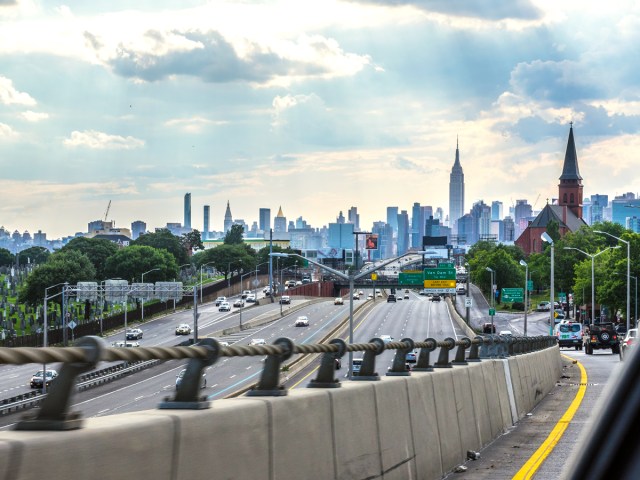
Average maximum passenger vehicle fee per mile: $0.58
New York state’s toll road network is anchored by the 570-mile-long New York State Thruway (officially named the Governor Thomas E. Dewey Thruway). It incorporates sections of I-87, I-90, and I-287, while connecting the state’s biggest cities, Buffalo and New York City. In 2024, the Thruway saw more than 338 million vehicles and generated $1.1 billion in toll revenue. New York state also has the second-most-expensive tolls for bridges and tunnels in the country, costing an average of $4.38 per mile, according to the LendingTree study.
8. Minnesota

Average maximum passenger vehicle fee per mile: $0.63
While Minnesota doesn’t have any officially designated toll roads, motorists are required to pay a fee to travel in express lanes on I-394 and I-35 in the Twin Cities metro area. Vehicle fees range from $0.25 to $8 during peak hours. The express lanes run a total distance of 46 miles, with the longest stretch covering 16 miles on I-35 West between Burnsville and Minneapolis. There are also two toll bridges in Minnesota, the Fargo-Moorhead Bridge and International Falls Bridge. The latter crosses the Rainy River between International Falls and Fort Frances, Ontario.
7. Texas
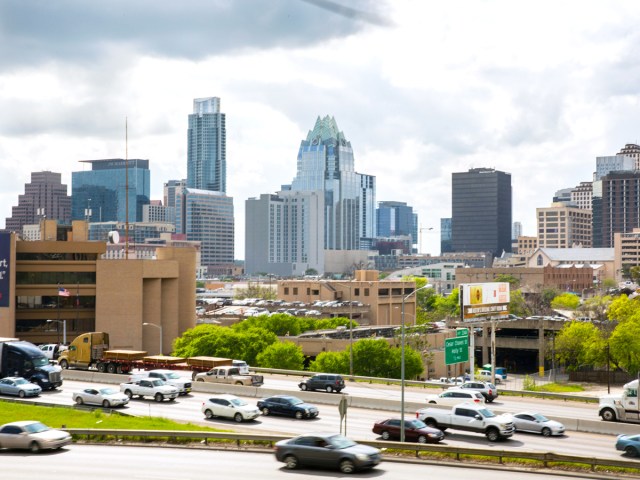
Average maximum passenger vehicle fee per mile: $0.66
There are more than 50 toll roads in Texas, covering approximately 850 miles. One of the largest toll systems in the country, it stretches across several major metropolitan areas, including Austin, Dallas-Fort Worth, and Houston. Prices range from $0.50 to $8.62 per vehicle; however, some roads use dynamic pricing based on the time of day and segments traveled. The North Texas area — which has more toll booths than the entire state combined — made an estimated $1.19 billion in revenue in 2024. Additionally, Dallas-Fort Worth International Airport is one of just two airports in the country (along with Miami International Airport) where drivers must pay a fee to use its access roads.
6. Washington

Average maximum passenger vehicle fee per mile: $0.71
Drivers in Washington state will encounter five tolled facilities, which include bridges, express lanes, and tunnels. Some charge staggered fees, while others work on a dynamic pricing system. Carpools can ride for free during peak hours in the State Route 167 “HOT Lanes” and I-405 express toll lanes if they meet specific occupancy requirements. Elsewhere, the Tacoma Narrows Bridge carries around 90,000 vehicles daily over the Puget Sound between Tacoma and the Kitsap Peninsula, with rates starting at $4.50 for a two-axle vehicle. With a main span of 2,800 feet, it’s currently the fifth-longest suspension bridge in the U.S.
5. Colorado
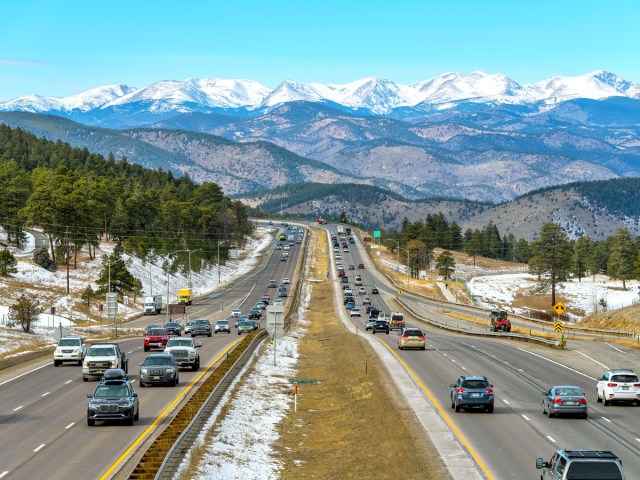
Average maximum passenger vehicle fee per mile: $1.36
Colorado’s toll road network is a mix of traditional toll roads and express lanes. Opened in segments between 1991 and 2003, E-470 is a 47-mile beltway loop around Denver that begins in Thornton before crossing three counties on its way to Denver International Airport. Elsewhere, the Northwest Parkway links E-470 in the north Denver metro area with U.S. 36 in Broomfield. Another notable toll road is the Pikes Peak Highway. This 19-mile scenic toll road climbs from Cascade to the summit of Pikes Peak at 14,115 feet above sea level, with 156 hair-raising turns along the way.
4. California

Average maximum passenger vehicle fee per mile: $1.38
With more than 870 miles of toll roads, the Golden State has one of the country’s most extensive toll systems. It includes 25 individually tolled bridges, express lanes, and roads, mainly located in the Greater Los Angeles Area, the Bay Area, Orange County, and San Diego County. Orange County alone has a 51-mile network of toll roads, which account for 250,000 daily vehicle trips and 89 million annual transactions. Around the Bay Area are a total of eight tolled bridges, the most iconic of which is the Golden Gate Bridge, part of U.S. Route 101. It has been tolled since opening in 1937, when it cost just 50 cents each way to cross.
3. Maine
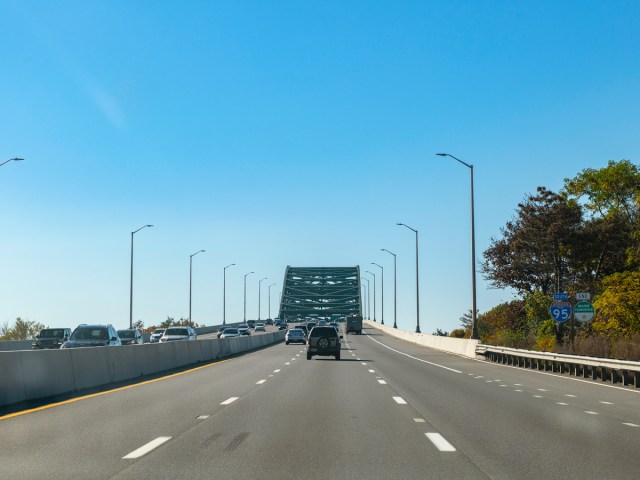
Average maximum passenger vehicle fee per mile: $1.56
The 109-mile-long Maine Turnpike is the state’s principal toll road. Starting in Kittery, on the Maine-New Hampshire border, it crosses four of the state’s 16 counties on its way to Augusta, Maine’s capital. The turnpike incorporates sections of I-95, I-195, I-295, and I-495, and passes major cities such as Lewiston and Portland. The idea for the turnpike was developed in the early 1940s as a modern replacement to the congested Route 1 coastal road. In 2024, annual traffic numbers reached almost 89 million.
2. Pennsylvania
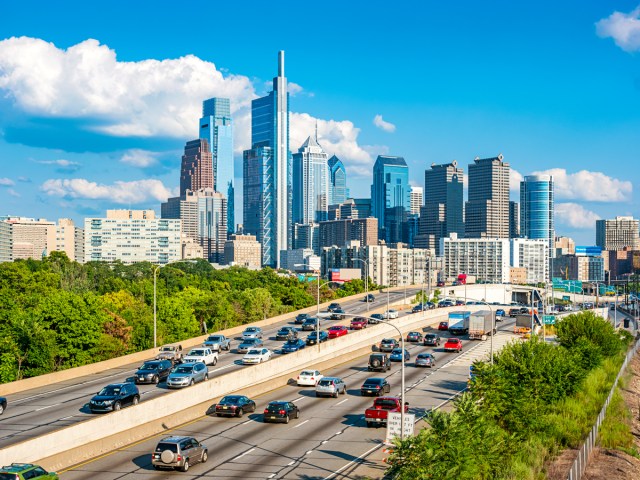
Average maximum passenger vehicle fee per mile: $1.73
The Pennsylvania Turnpike is the backbone of the state’s toll road network. Known as “America’s First Superhighway,” it opened in 1940 as a 160-mile route between Carlisle and Irwin. Planners initially estimated annual traffic numbers of 1.3 million, which in fact were closer to 2.4 million during the turnpike’s early years. Today, the turnpike extends 550 miles from the Ohio border in Lawrence County to the New Jersey border in Bucks County. It includes sections of I-76, I-276, and I-476, and transports roughly 550,000 daily travelers. .
According to the LendingTree study, Pennsylvania is home to the country’s most expensive toll per mile — the bridge connecting the Pennsylvania Turnpike to the New Jersey Turnpike has an average maximum fee of $8.20 per mile.
1. Virginia
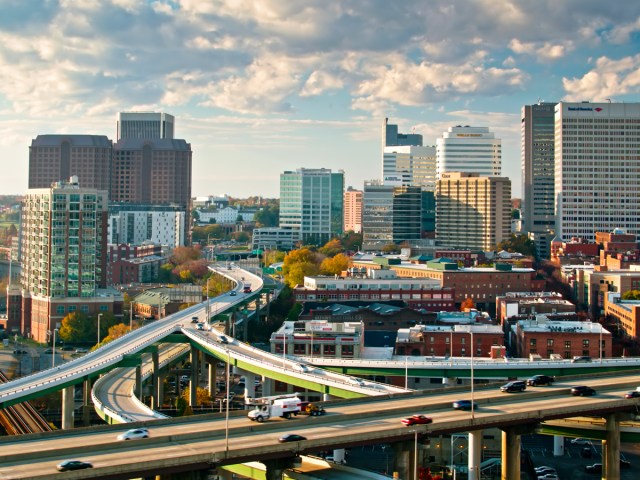
Average maximum passenger vehicle fee per mile: $3.27
Virginia is the most expensive state in the United States for drivers traveling on toll roads. It’s the only state with an average fee above $2, and Virginia also has the highest average maximum fee per mile for interstate bridges and tunnels ($7.50). There are a total of 17 statewide toll roads, located in the Northern Virginia, Richmond, and Hampton Roads areas. One of the network’s major roads is the 16-mile Chesapeake Expressway, which connects I-64 to North Carolina and the Outer Banks.
About the data: To compile this list, we consulted a 2024 study from LendingTree that analyzed data from the Federal Highway Administration (FHWA) in order to calculate each state’s average maximum passenger vehicle fee per mile on interstate and noninterstate roads, bridges, and tunnels. Learn more about their methodology and read the full report here.
More from our network
Daily Passport is part of Inbox Studio, which publishes content that uplifts, informs, and inspires.






